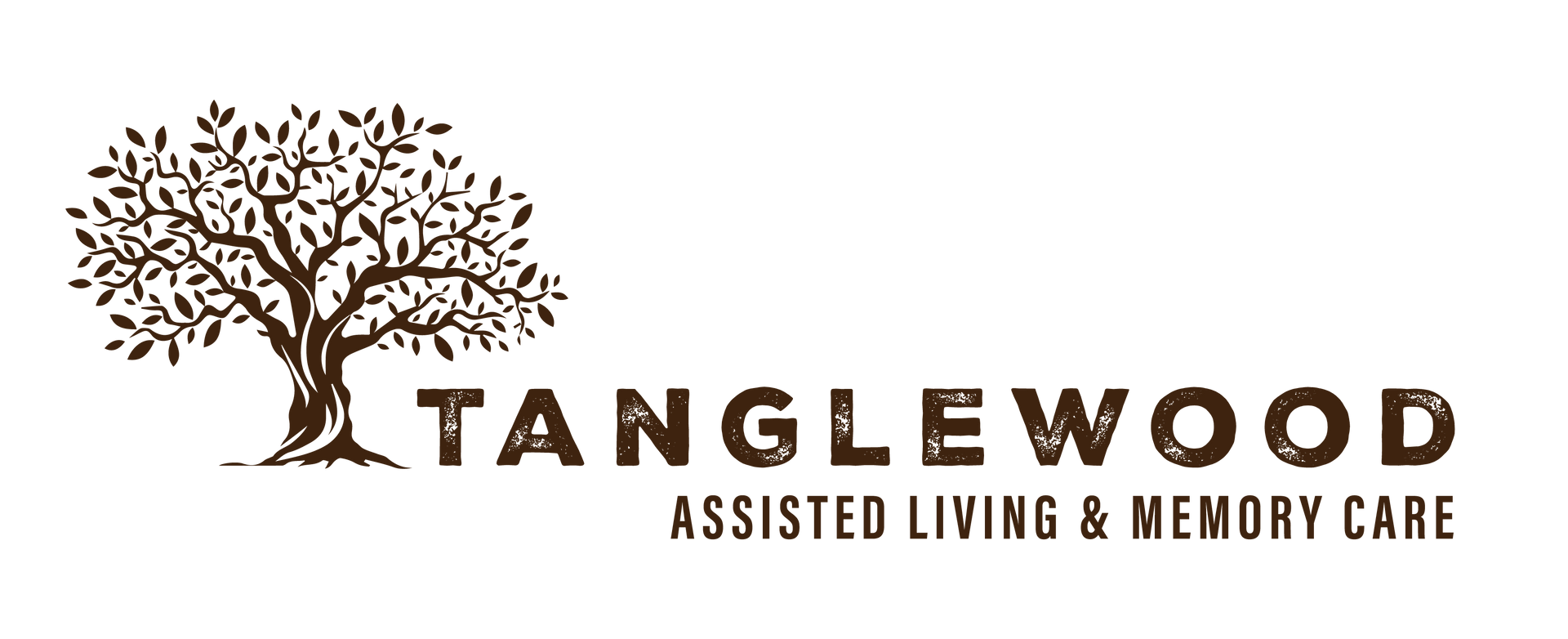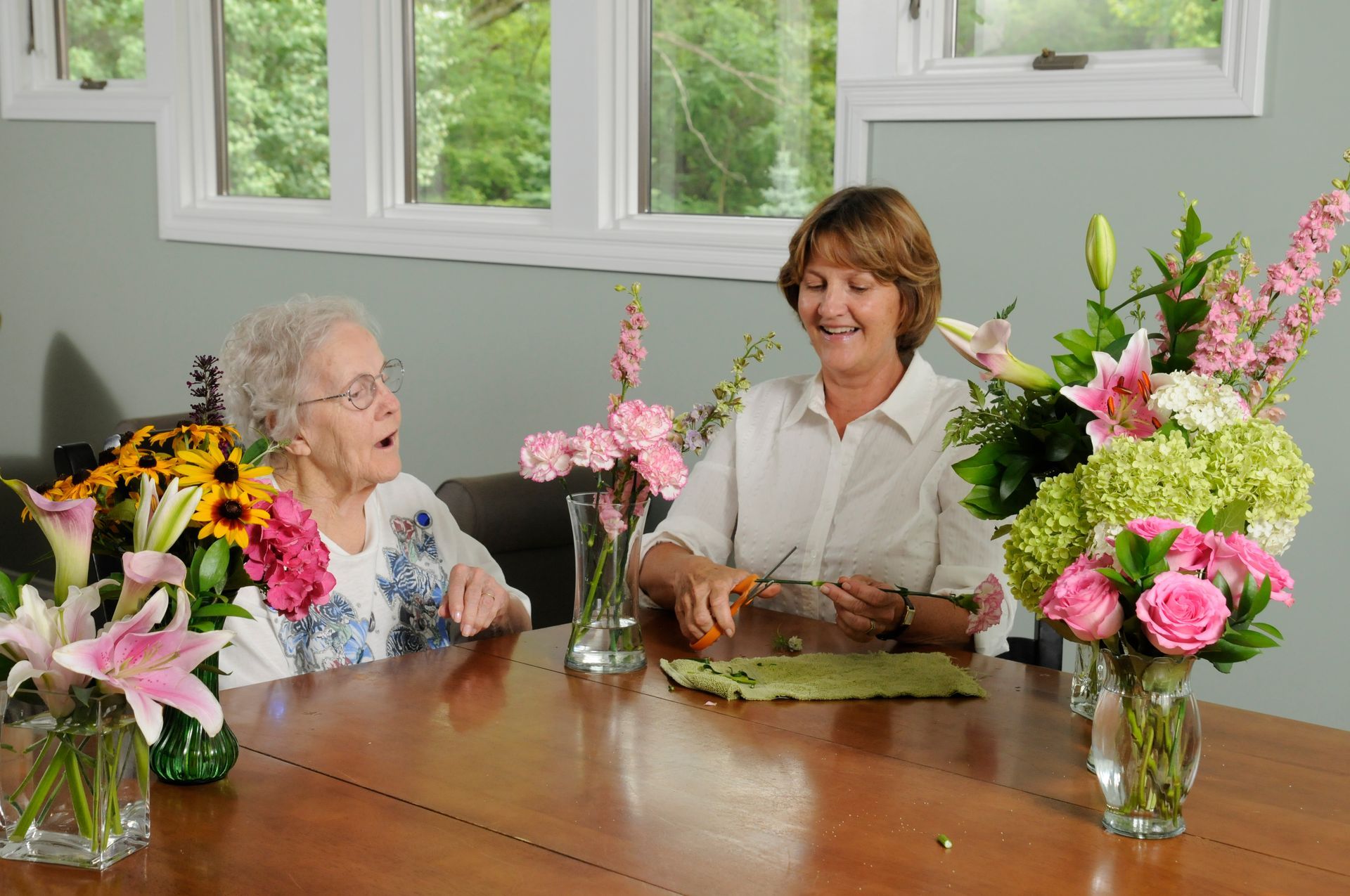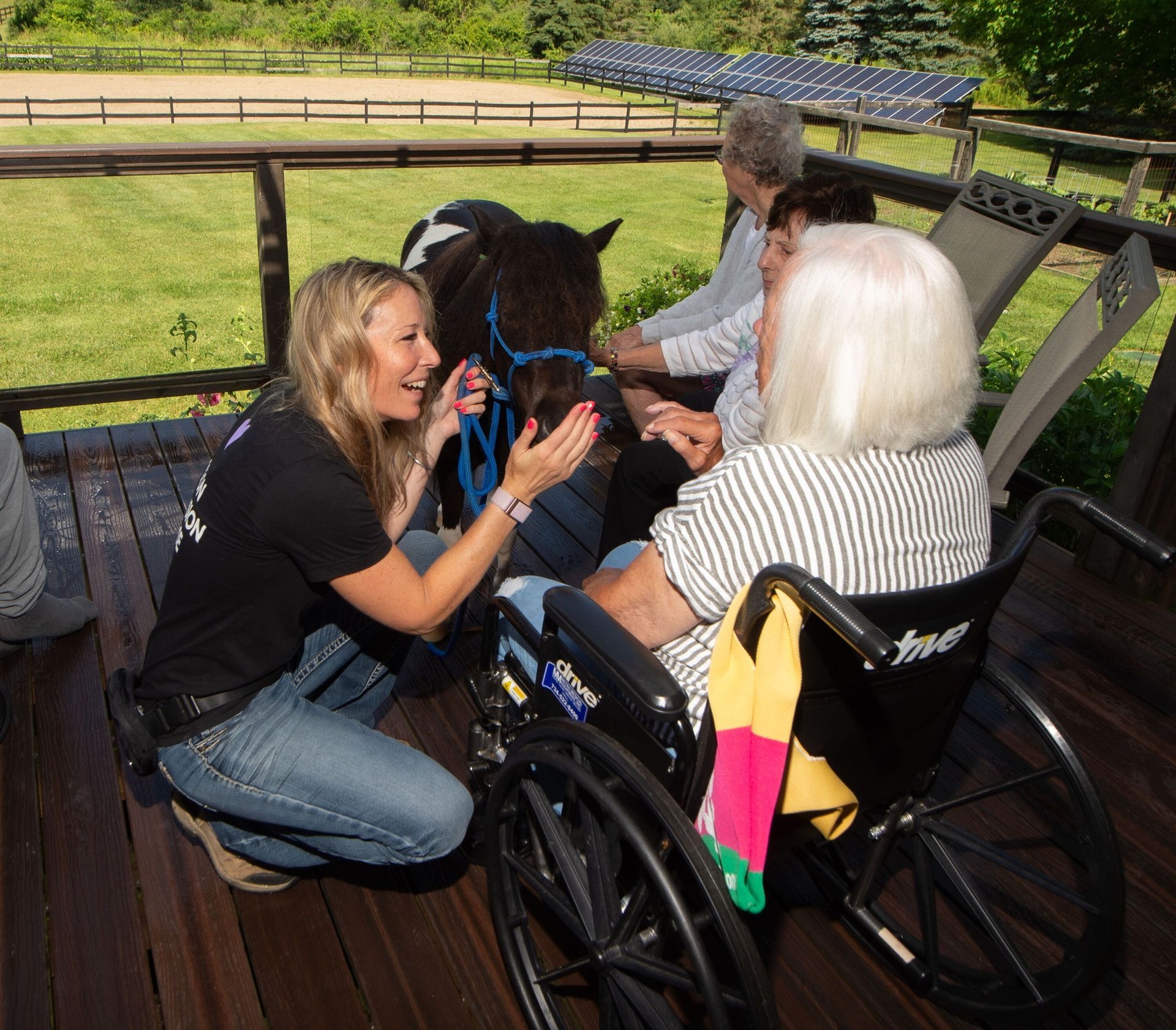Finding a Safe Long-Term Care Facility
Finding a Safe Long-Term Care Facility
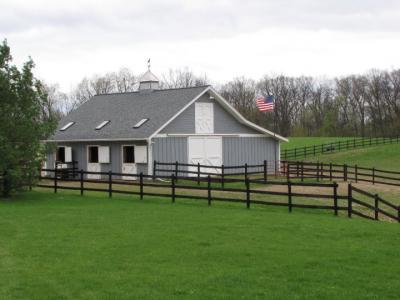
One day it may be necessary for a loved one to move to an assisted living facility. How can you be sure the facility you choose is safe and secure? Here are some questions you should ask.
Licensing: Is the facility licensed and inspected by the state? If the facility is licensed, the state will inspect on a regular basis to make sure the facility meets state standards regarding both the safety of the facility and the quality of care. If the facility is licensed, the facility should be willing to provide you with the name and phone number of the state inspector who oversees the facility. You should feel free to make inquires with the inspector about the facility you are considering.
Staff Training and Staff-to-Patient Ratio: Facilities should also be willing to provide you with information on staff training. You should be certain the staff is trained in CPR and first aid. If the facility claims to specialize in memory loss, ask what specialized training is provided. Ask about the staff-to-patient ratio; that is the number of direct care workers on duty compared to the number of residents. For example, if two direct care workers are on duty at a twelve (12) bed facility, the staff to patient ratio is one to six (1:6). If two workers are on duty at a twenty (20) bed facility, the ratio is one to ten (1:10). You should keep in minds the needs of the residents when deciding what staff to patient ratio is adequate. Also, ask which employees are included when determining the staff-to-patient ratio. Many facilities count all employees in determining this ratio. They count cooks, maintenance employees, secretaries, managers and administrators, most of whom have little or nothing to do with providing direct care to residents. Including all these employees makes the staff-to-patient ratio sound impressive but it does not accurately reflect how many direct care staff are available to attend to the needs of the residents. You should ask for a staff-to-patient ratio which only includes direct care staff.
Fall Prevention: Probably the most common injuries at assisted living facilities are injuries from falls. While no facility can guarantee falls won’t occur, they should tell you what steps are taken to prevent falls. Are there stairs in the facility (always a bad idea). Are there ramps at every exit? Are there handrails and grab bars throughout the facility. Does the facility use monitors to alert staff when a resident is trying to get out of bed or out of a wheelchair. Try to determine the staff response time if a fall does occur. In larger facilities, response time can often be lengthy.
Wandering: If a resident has memory loss, you need to know how the facility will prevent wandering, an industry term for residents who walk out the door. Most facilities rely on door alarms however, a door alarm is of no value unless the staff responds promptly to every alarm. You should spend some time at the facility to see how quickly and religiously the staff responds when a door alarm is activated.
Fire Prevention: Fires at elder care facilities happen all too frequently. In Michigan, all new facilities with more than 6 beds should be protected by a sprinkler system. Unfortunately, some older facilities are exempt from this requirement and are allowed to operate without a sprinkler systems. If there isn’t a sprinkler system, you should ask yourself, realistically, how quickly will the staff be able to get the residents out. Keep in mind, many residents can’t walk and some can’t get out of bed. Ask if you can sit in on a fire drill.
Power Outages: Finally, power outages are a fact of life. Some outages last several days. If power goes out in the winter, the facility will be without heat. Check to be sure the facility maintains a standby back-up generator, one which will power the entire facility automatically when a power outage occurs.


